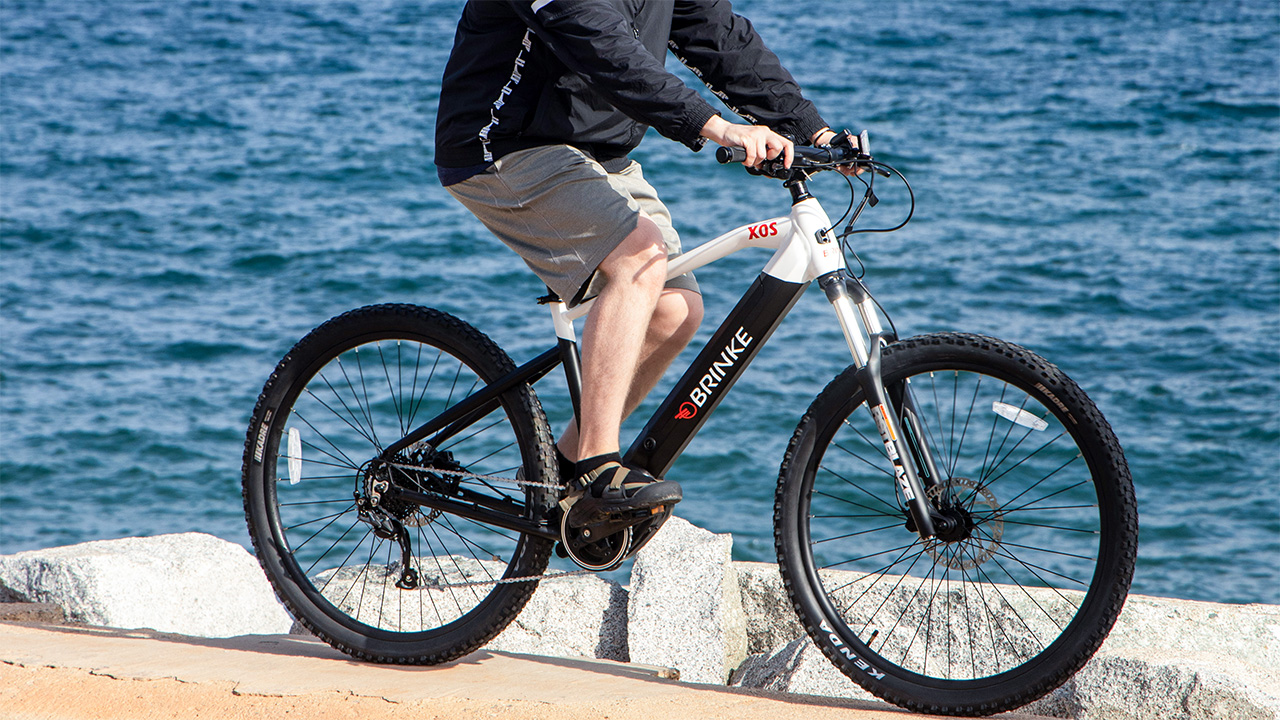Noviembre 05, 2024

Which Workout Is Better: Cycling vs Running?
When runners consider cross-training, they have numerous options. However, not all will yield the same benefits. When choosing the type of cross-training, runners need to consider specific questions, such as whether the training targets muscles and systems similar to running, and whether it offers something running does not. Considering these factors, cycling is one of the best cross-training options for runners. Here’s why:
Strengthening Calf Muscles
Running puts a lot of stress on calf muscles, particularly the soleus muscle when landing midfoot. When cycling, place the ball of your foot on the pedal to mimic this midfoot impact. While you stand and pedal, your calves stabilize your foot on the pedal.
Strengthening Tibialis Anterior
While seated and during the upward phase of pedaling, the tibialis anterior (shin muscle) is activated, particularly when climbing. This movement can help prevent shin issues related to muscle strain during running by strengthening this muscle.
Core Strength
A strong core is crucial for proper running form and reducing injury risk due to mechanical compensation. Effective core enhancement during cycling requires proper form. Climbing highlights the core's importance; cyclists with weak cores often show excessive upper body movement. Proper technique involves leaning the bike side to side while keeping the torso still, maximizing pedaling efficiency and core activation.
Aerobic Conditioning
Many running injuries are due to overtraining. Prolonged running increases injury risk, often caused by fatigue and poor form. Endurance-focused cycling allows runners to achieve excellent aerobic conditioning, reducing impact. Additionally, cyclists can shift gears to regulate effort, an option unavailable to runners.
Enhanced Anaerobic System
Just like long-distance running, cycling is suitable for high-intensity interval training (HIIT). Cycling intervals can replicate the intensity of running workouts, enhancing cardiovascular, pulmonary, and overall muscle strength without stressing specific running muscles and neuromuscular pathways. Therefore, cycling should complement, not replace, running intervals.
In conclusion, cycling is a highly effective cross-training activity for runners, offering strength, balance, and fitness without the drawbacks of repetitive high-impact stress.


 English
English  Deutsch
Deutsch  Deutsch
Deutsch 



Validate your login